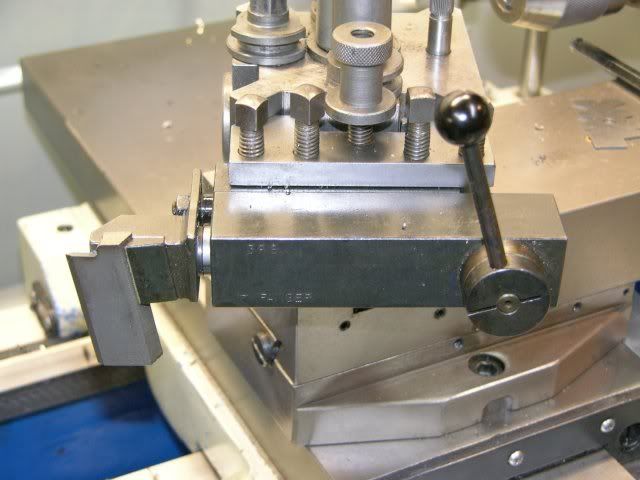OK, let me just get this right.....Fitch you just HIT REVERSE with a couple hunnerd pounds in motion? (I realize that reversing force is probably only 20-30ft/lb but hey..... if it was hooked to my nose it'd hurt)
I know of hydrostatic drive heavy equipment where that's normal but that's because of bleeders and popoffs.. and routing. Does a three-phase offer such a smooth cushion that there's no shock or what?
al
Years ago I worked in a shop that made hydraulic cylinders. They contracted to make a bunch of cylinders for a Japanese forklift company with all metric threads. I ran a large LeBlond Makino lathe and I was amazed to see the 12" chuck stop and reverse from 220 rpm with no fuss whatsoever. We cut metric threads just as Fitch describes and it works! I don't have that luxury with my single phase Jet.
Scott Roeder




